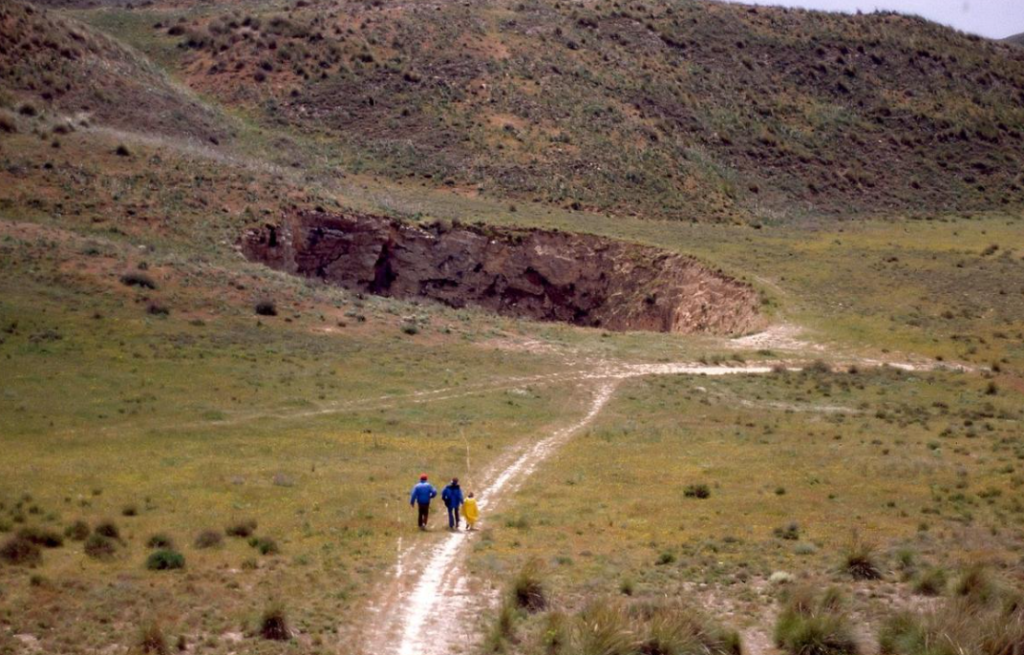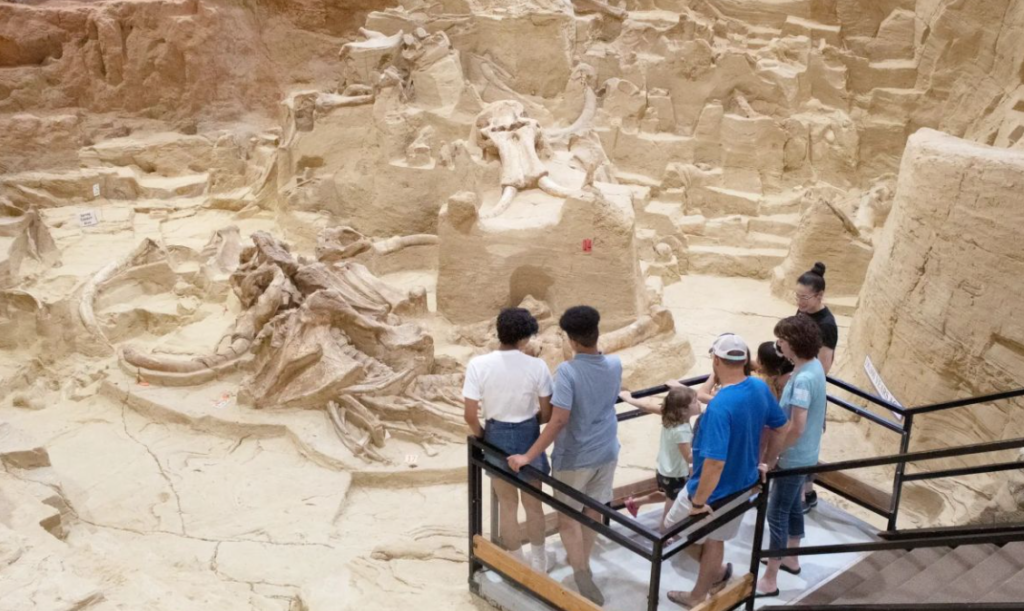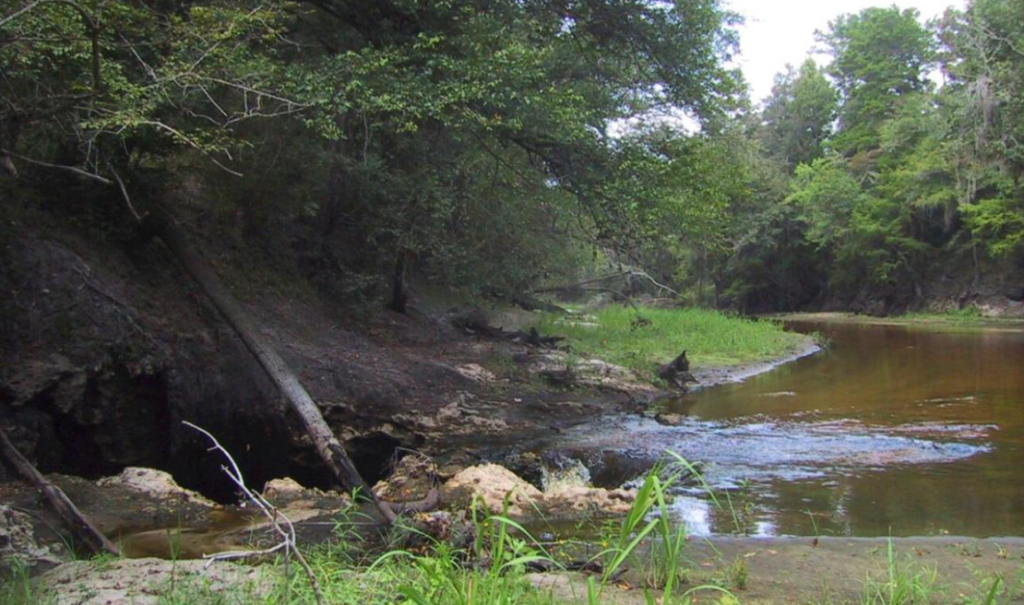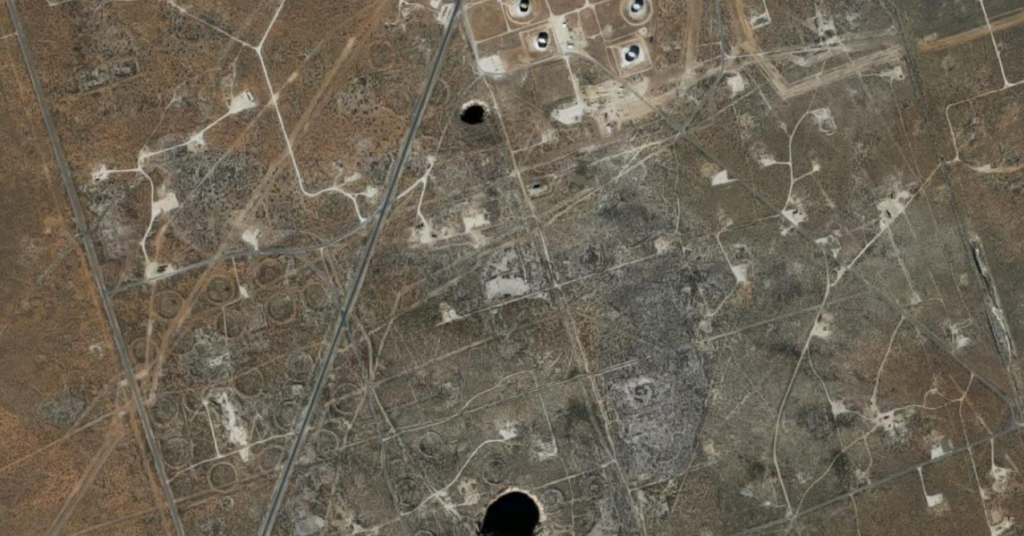Each sinkhole tells its own story. Some hold archaeological treasures, while others bring disaster and tragedy.
Sinkholes are enigmatic voids that can appear suddenly or take centuries to form. They are among the most astonishing and unpredictable geological phenomena on Earth. These formations range from small, inconspicuous depressions to massive chasms stretching hundreds of meters, opening portals to hidden subterranean worlds.

How Sinkholes Form

Sinkholes commonly develop in areas where the bedrock consists of water-soluble rocks such as limestone, gypsum, or salt. Over time, underground water erodes the rock, creating cavities. When the surface layer becomes too weak to support itself, it collapses, forming a sinkhole that can sometimes swallow entire streets or buildings.

Scientists classify sinkholes into three main types:
- Dissolution Sinkholes – These form gradually as surface water slowly dissolves the bedrock, leading to depressions that expand over time.
- Cover-Subsidence Sinkholes – These occur when a thin layer of soil covers dissolvable bedrock, causing a slow, gradual sinking of the ground.
- Cover-Collapse Sinkholes – The most dangerous type, these appear abruptly when an underground void becomes too large to support the overlying ground, resulting in sudden and often catastrophic collapses.
Hidden Wonders Beneath Sinkholes
Beyond their destructive potential, sinkholes can reveal extraordinary natural and historical secrets. Some expose untouched ecosystems, ancient forests, or fossilized remains of long-extinct creatures.

In 2022, researchers in China discovered a massive sinkhole 190 meters deep, containing an ancient forest with towering 40-meter trees. This isolated ecosystem might harbor undiscovered species, offering a glimpse into prehistoric biodiversity.

In the Black Hills of South Dakota, a unique sinkhole called the Mammoth Site has yielded the world’s richest deposit of mammoth fossils. Over 60 mammoth skeletons have been unearthed here, providing invaluable insights into Ice Age wildlife.

Stunning Sinkholes Around the World
Some sinkholes are breathtaking natural wonders:
- Bimmah Sinkhole (Oman): A turquoise pool formed by dissolved limestone, long rumored to be a meteorite crater.
- Gouffre de Padirac (France): A stunning 100-meter-deep sinkhole with an underground river winding through stalactite-laden caves.
- Great Blue Hole (Belize): A vast 300-meter-wide marine sinkhole, once a limestone cave system before rising sea levels submerged it.
Man-Made Sinkholes: The Dark Side of Human Activity
Sinkholes don’t just occur naturally; human actions can trigger them as well. Over-extraction of groundwater, mining, and drilling can destabilize underground layers, leading to devastating collapses.
One of the most notorious incidents occurred in 1980 at Lake Peigneur, Louisiana, where an oil drilling mishap punctured a massive salt mine beneath the lake. This created an enormous whirlpool that swallowed drilling rigs, boats, and even land, permanently altering the lake’s landscape.
In Texas, extensive oil and gas extraction has resulted in expanding sinkholes in Winkler County, some reaching 250 meters in diameter, raising concerns of further collapses in the region.
Sinkholes: A Reminder of Earth’s Fragility

While some sinkholes uncover hidden natural wonders, others serve as stark reminders of the delicate balance between human activities and Earth’s geology. As urbanization expands, understanding and mitigating sinkhole risks becomes increasingly vital. These mysterious voids not only reveal the beauty and danger lurking beneath our feet but also emphasize the importance of responsible environmental stewardship.


Leave a Reply